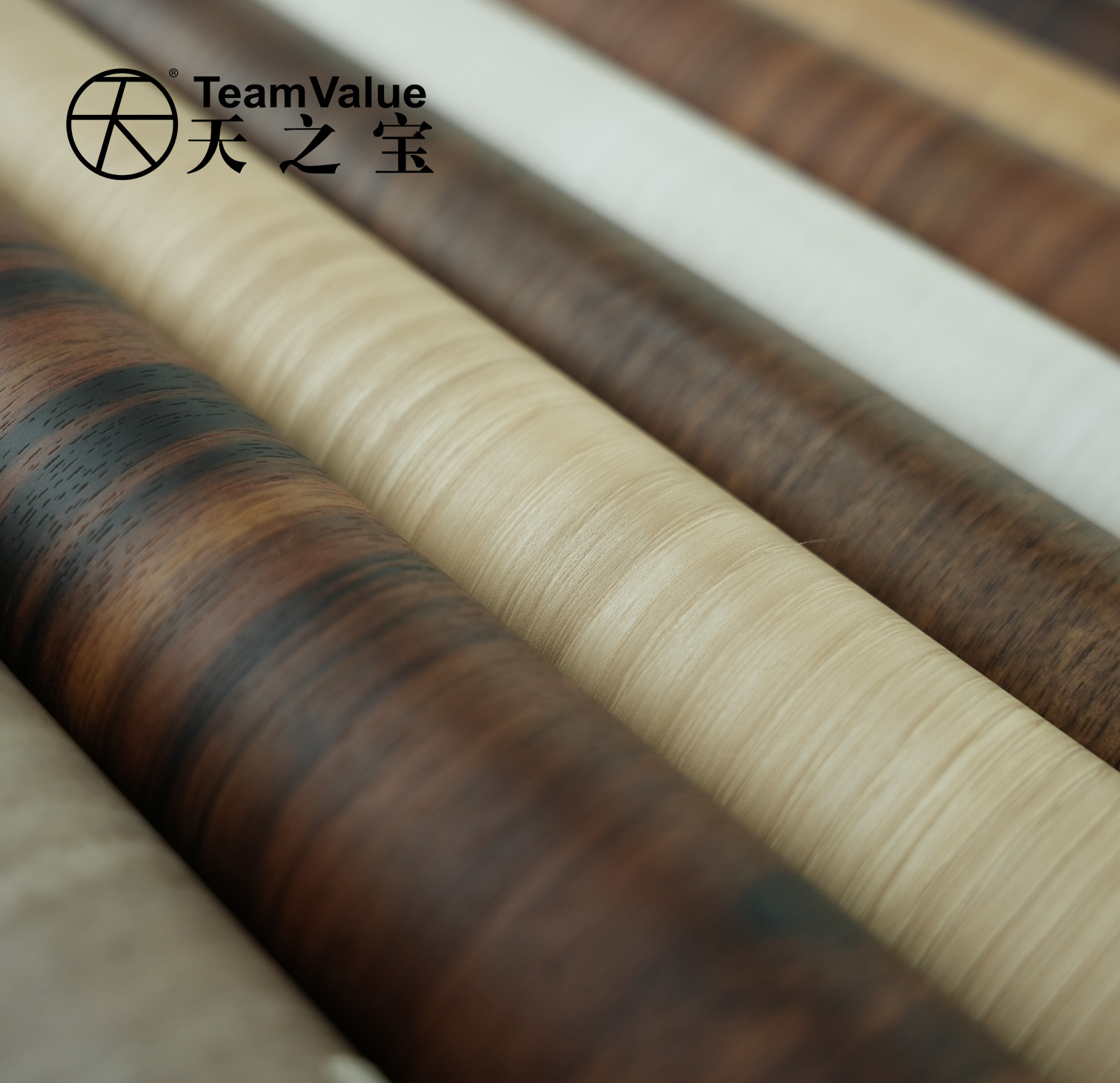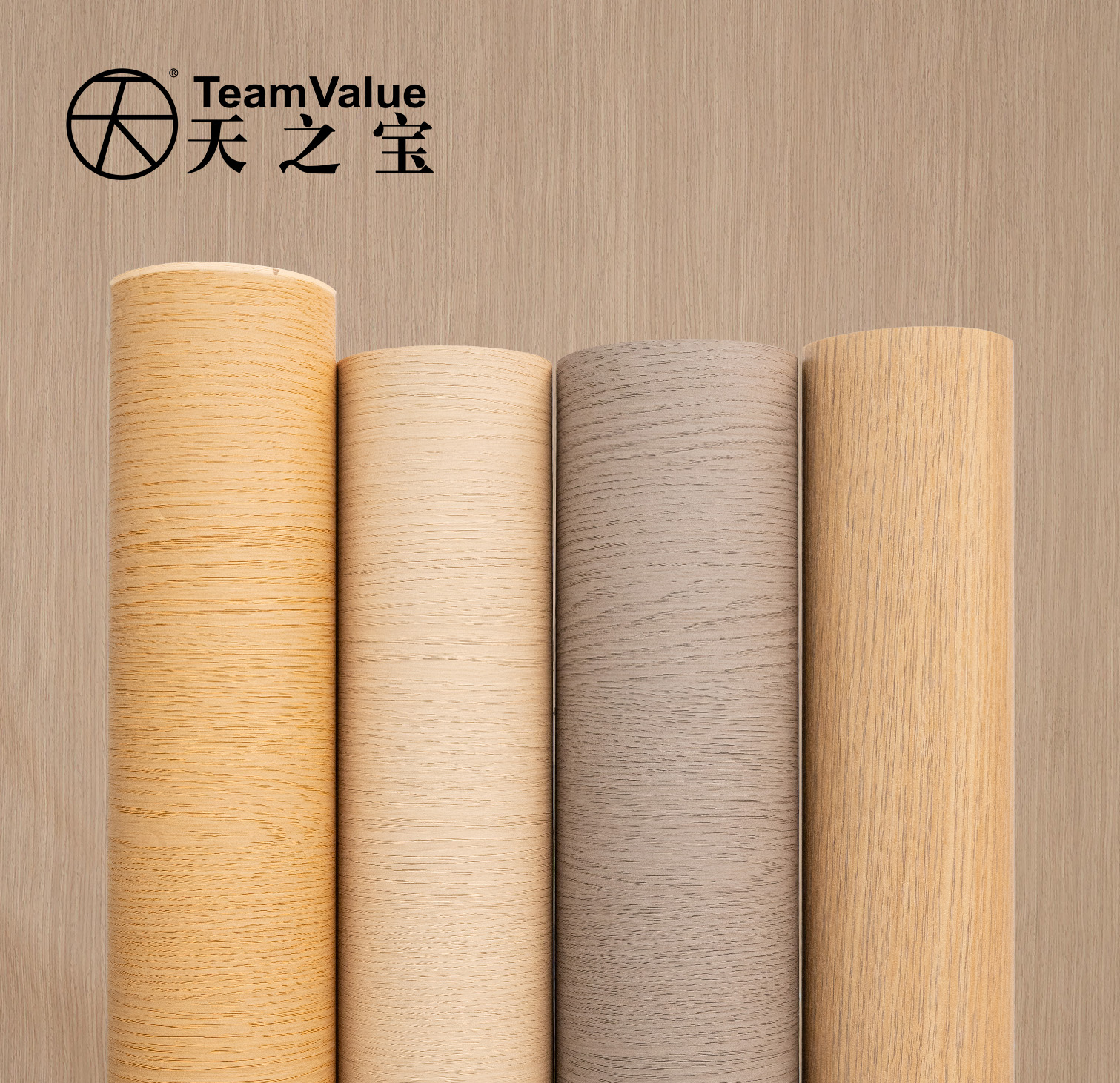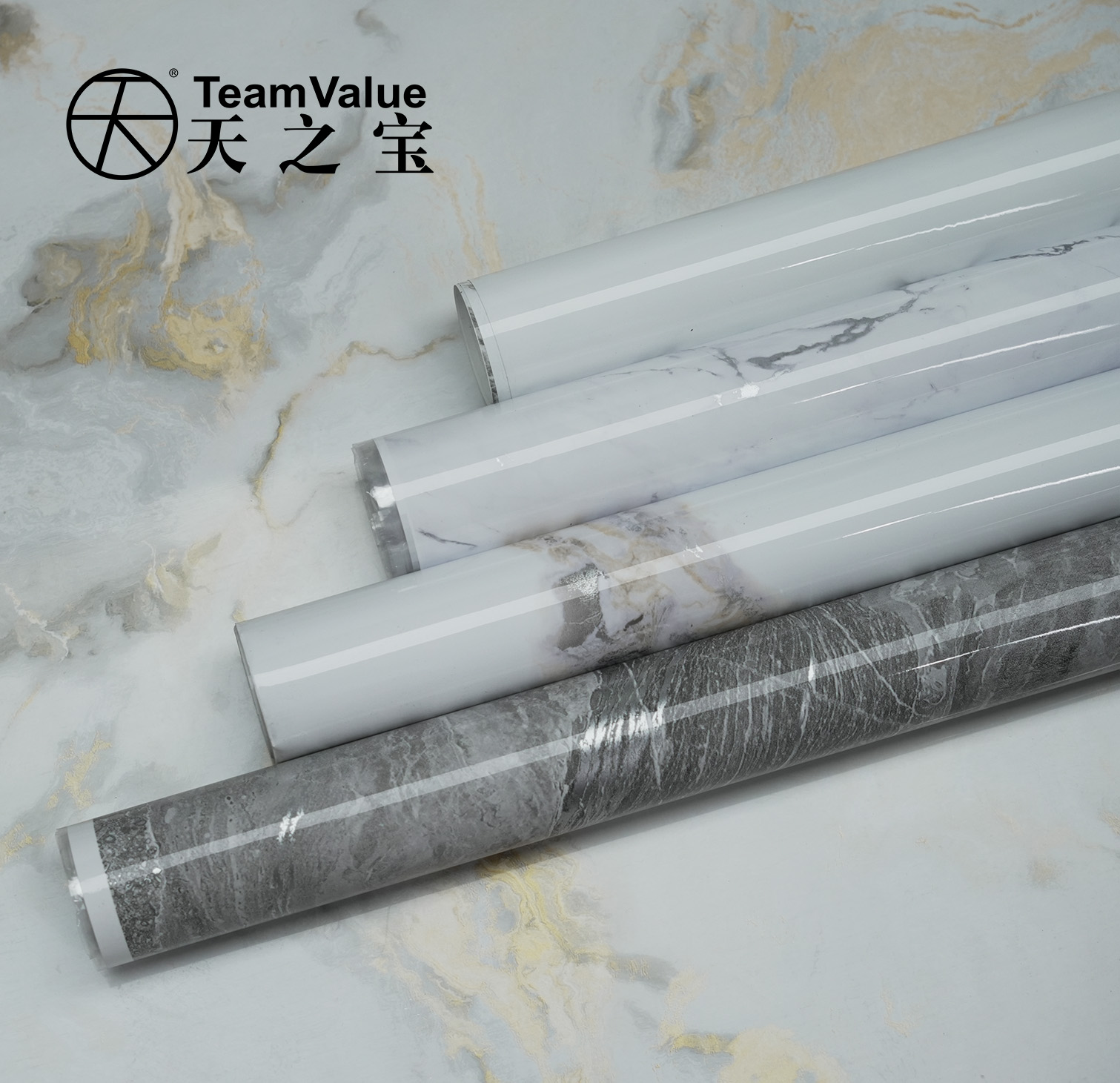How Does PVC Film Achieve a Spectrum of Rich Colors?
Polyvinyl chloride (PVC) film is a versatile material that has found its way into various industries due to its unique properties. One of the most striking features of PVC film is its ability to display a wide array of rich colors. Let's explore how PVC film can be imbued with such a vibrant palette and the benefits this brings to various applications.
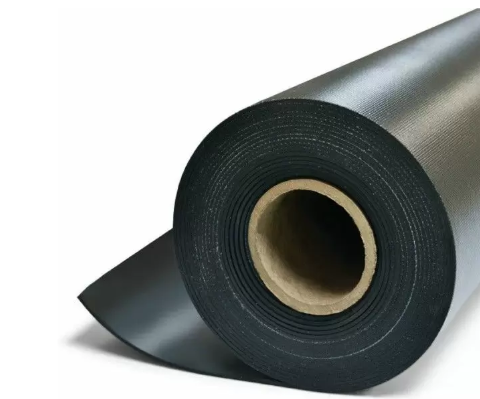
Color Impression and Customization
The coloration of PVC film is achieved through a process that allows for precise control over hue, saturation, and tone. Manufacturers can customize the color of PVC film by adding pigments and dyes during the production process. This enables the creation of PVC film in virtually any color, making it an ideal choice for applications where color is a key design element.
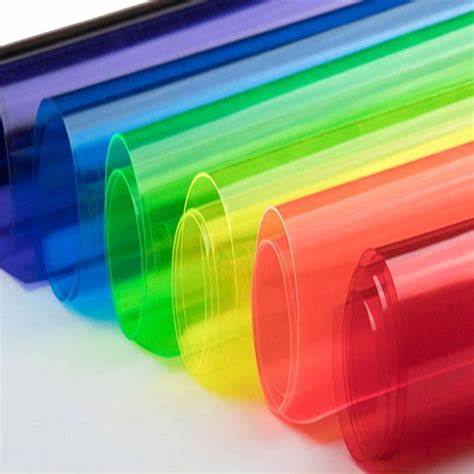
Durability of Color
One of the advantages of using PVC film is that its colorfastness is exceptional. The colors do not fade easily under exposure to sunlight or other environmental factors. This is due to the stable molecular structure of PVC, which resists degradation and maintains the integrity of the color over time. This makes PVC film suitable for long-term applications where color retention is crucial.
Safety and Environmental Considerations
When it comes to the safety of colored PVC film, it's important to note that the pigments and dyes used are non-toxic and comply with environmental regulations. PVC film meets health and safety standards set by organizations like the FDA, CPSC, NSF, and ISS, ensuring that the colored film is safe for use in various applications, including those involving food contact.
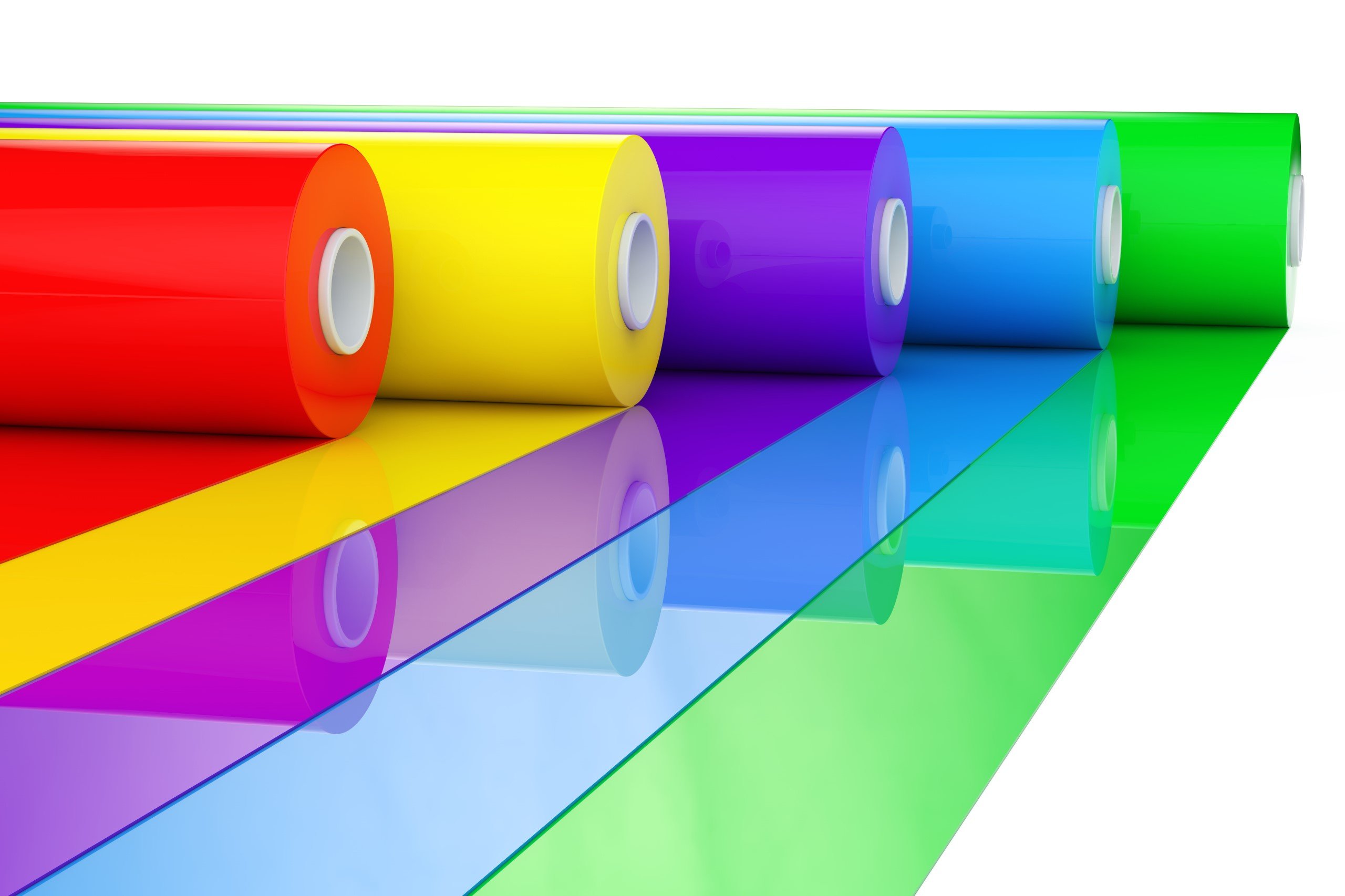
Fire Resistance and Color
The fire resistance of PVC film is not compromised by the addition of color. The high chlorine content in PVC makes it inherently fire-resistant, and this property is maintained even when the film is colored. While colored PVC film may emit some harmful chemicals if burned, proper handling and precautions can mitigate these risks, and the film's self-extinguishing nature adds an extra layer of safety.
Non-conductivity and Color
The non-conductive nature of PVC film is another feature that remains unaffected by the addition of color. This makes colored PVC film a suitable insulator for electrical applications, where color coding is often used for identification and safety purposes.
Cost-Effectiveness of Colored PVC Film
Despite the customization options for color, PVC film remains a cost-effective material. The manufacturing process for colored PVC film is relatively inexpensive, and the material can be easily shaped and sized according to specific requirements. This makes it an economical choice for a wide range of applications, from construction to automotive and beyond.
Versatility in Color Applications
The versatility of PVC film is further enhanced by its color options. Whether it's for branding, aesthetic appeal, or functional identification, colored PVC film can be tailored to fit specific needs. This versatility is particularly evident in the signage industry, where colored PVC film is used for eye-catching displays, and in the automotive industry, where it's used for colorful accents and protective wraps.
Conclusion
PVC film's ability to achieve a spectrum of rich colors is a testament to its versatility and adaptability. From the initial pigmentation process to the final application, colored PVC film offers a durable, safe, and cost-effective solution for a variety of industries. Its colorfastness, safety standards compliance, and resistance to environmental factors make it a popular choice for those seeking a colorful and long-lasting material. Whether it's for the vibrant branding of a product or the subtle accents of a design, PVC film stands out as a colorful and practical option.


